Buying and tuning guide 1985-1992 BMW 325i E30
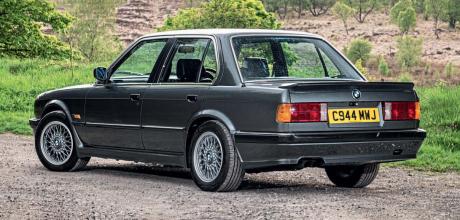
The E30 3 Series is a true classic icon, one beloved by the BMW community, and the 325i is arguably the most desirable non-M model of the lot. Our guide will help you to get your hands on the perfect example of this fantastic retro machine.
Words: Elizabeth de Latour
Photos: Gregory Owain
Buying and TuningGuide: E30 325i
Our in-depth guide will help you to buy the perfect-classic 3 Series.
The E30 is an absolute classic, arguably the 3 Series that everyone wants. While it might not have looked dramatically different from the E21, it was a big step up from the original 3 Series and introduced several revisions and improvements. As well as styling tweaks and updated power plants, the E30 also received revised rear suspension to help tame the oversteer which the E21 was criticised for, all of which broadened its appeal and made it a better car to own and drive. The 2.5-litre straightsix M20B25, meanwhile, delivered a wonderful soundtrack, plenty of power and an equally healthy helping of torque, making the 325i a superb driver’s car, and it’s lost none of its appeal today.
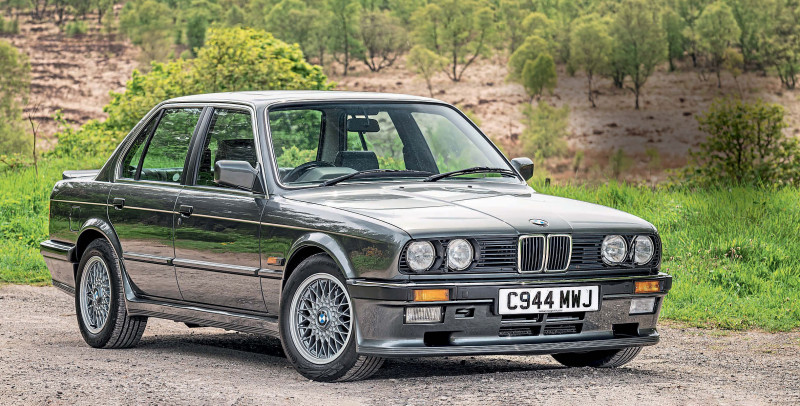
A brief history
The 325i arrived in 1985 with 171hp and 167lb ft, meaning a 0-62mph time of 8.3 seconds and a top speed of 135mph for the two-door model. Where the E21 had only been available as a two-door or Baur convertible, the E30 added a four-door saloon, Touring and regular convertible, with a Baur version also available.
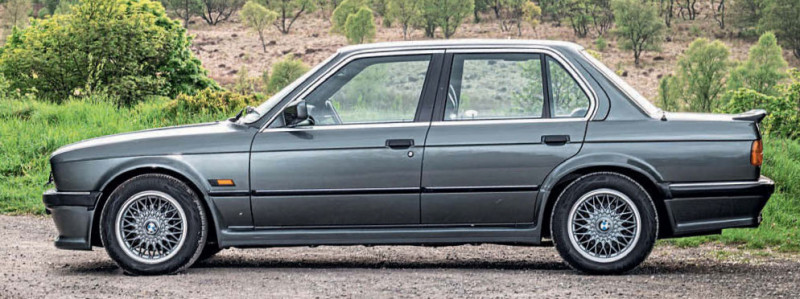
During its lifespan from 1985-1992, the 325i received some minor cosmetic upgrades in 1988, most notably the bumpers switching from chrome to colour-coded plastic, a different front valance and differently-shaped rear arches. The basemodel 325i came with uprated suspension, a rear anti-roll bar, ABS and rear disc brakes while the SE model added colour-coded bumpers and valances, fog lights, an electric sunroof and electric rear windows, but the included equipment changed year-by-year. SE models could also be equipped with options from the Motorsport list, including the LSD, Sport gearbox and suspension. The Sport model, which was only available as a two-door, came with BBS cross-spoke wheels (14” initially, then 15s), a five-speed close-ratio gearbox, an LSD, the M Tech body kit, Sport suspension along with Sport seats and Shadowline trim. There was also the 325i Motorsport Convertible, and while it didn’t get the same level of spec as the Sport, only receiving the Sport suspension, it did, however, come in a unique range of interior and exterior colour combinations. The Motorsport convertible was available in Macau blue, Nogaro silver, Sebring grey, Calypso red and Mauritius blue, and all cars came with not only leather trim but also leather door cards and a leather centre console. Early Macau and Nogaro cars had grey leather, Macau and Sebring cars in 1990 got grey and black Bubble leather, respectively, while Calypso and Mauritius cars came with Lotus white leather.
Our choice
With E30s now becoming quite rare and sought after, you have to decide whether you’re here for the engine or whether there’s a specific body style you want, and then you have to adjust your budget and expectations accordingly. The good news is that every E30 looks good, and the 325i was available in every shape, so if you’re not fussy, that gives you a lot more cars to choose from. The bad news is that if you want a Sport, then you can only have the two-door or the convertible, which is no hardship as they’re both lovely. For us with an unlimited budget, it would have to be a manual Sport two-door, it’s the sportiest version, and it’s the one we like best, but a Touring would probably be our second choice as the E30 looks fantastic as an estate.
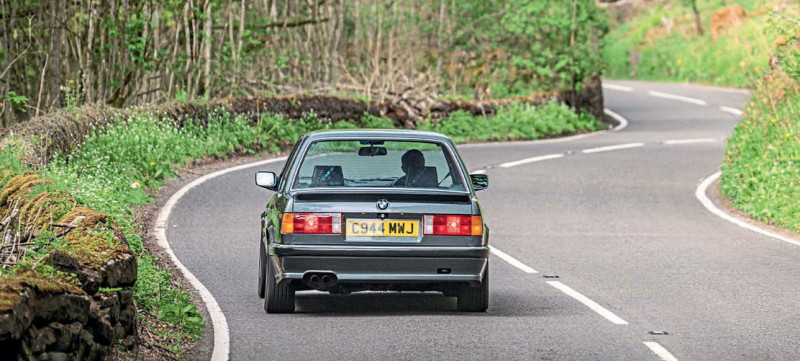
What to pay
You can find 325s for under £7000, but these are usually Cat cars, and if you want a clean one, then the cheapest example we spotted was a Touring up for £7500 – this was a tidy-looking auto with 114k miles on the clock, and it seemed like a good car for the money. For a fiver under £11,000, you could take home a late auto convertible with 117k on the clock, which looked like it had been properly looked after and seemed like a good buy at that price. At £13,500, we spotted a very clean-looking four-door SE in red with just under 65,000 miles on the clock, and that’s the sort of car we’d be looking at if you want your 325i to be a car you’re going to be keeping for a long time. For £16,000, you could drive home in a 68k-mile auto Touring, while at £17,000, we came across a Calypso four-door auto wearing an M Tech II kit, and with 75,000 miles on the clock, another very tidy-looking car. Around this price range, we also spotted a couple of very nice-looking convertibles, both with around 100k on the clock, and it feels like the £16,000-18,000 range is the sweet spot, with a nice selection of clean, well-kept cars. If you’re feeling flush, we found a Motorsport convertible in Macau with 69,000 miles up for £27,000 and a genuine two-door Sport with 91k on the clock up for £30,000.
What to look for
Rust is the big one, and there are loads of problem areas, so be prepared to examine any prospective purchase very thoroughly. Check the number plate light area, and the edges of the boot where water can collect, and also check behind the light covers and the battery tray. If you’re looking at a car with a sunroof, then check around its edge, both inside and out, and also check around the windscreen, the bottoms of the doors and the floor under the carpets.
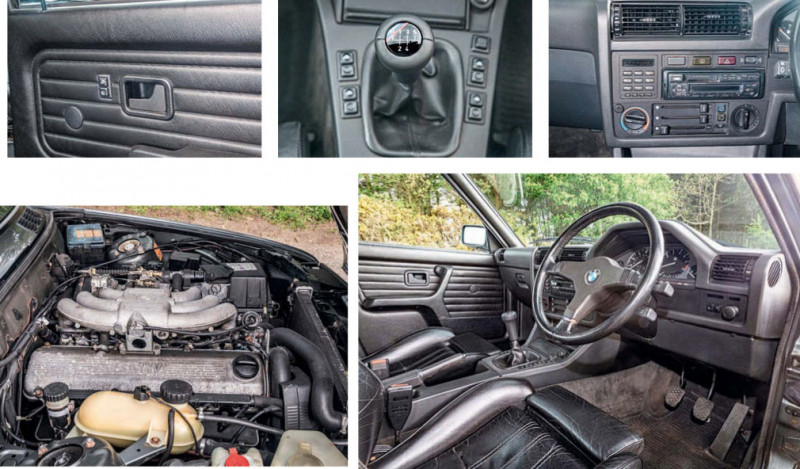
In the engine bay, check the bulkhead, the scuttle panel, the suspension turrets and also check the front wings and, if possible, get underneath the car and have a good look at the jacking points as well. Inside, dashboards crack, instrument clusters fail, window switches break and door locks jam. Convertible roofs leak, gear linkages get sloppy at around 100k miles, and auto ’boxes can give up the ghost at around the 130k mile mark.
The M20 should have its timing belt replaced every 50,000 miles, and while it’s generally a tough engine, it does have a few problems to be aware of. The cooling system is known to fail, and if the engine overheats, the water passages in the head can crack – to avoid potential disaster, the water pump should be changed at every second timing belt change. If you spot any white mayonnaise-like sludge under the oil filler cap, you need a new head. Also, the manually adjustable valves should be checked every 30,000 miles or so, and idle control valves can stick.
Modding
Thanks to the E30’s popularity, your options when it comes to modifying are virtually limitless, and you’ll be spoilt for choice. In terms of performance mods, you can add a chip, which will give you around 10hp and 10lb ft of torque, and you can do a bigbore throttle body mod for a bit more power and torque and better response. Fritz’s Bits does a full stainless exhaust that the company says flows 19% better than the standard system for more power and torque, as well as a six-branch manifold that flows 23% more gas than the standard RHD manifold. If you’ve got a bit more cash to spend, you can do a 2.7 conversion using the 2.7 ETA bottom end, crank and rods, and you can get around 200hp from this. If you want more power, then what you need is a turbo, and the M20 loves a bit of boost thanks to its low compression ratio and strong bottom end. Schmiedmann sells a top-mount T3 flange manifold for £200 that will fit RHD cars, so that’s a good start. There are a lot of additional components you need, like the turbo itself, a downpipe, which can be a squeeze on RHD cars so some work is likely to be needed in this area, fuel components, and then management to look after everything. There’s a lot of research required when putting a turbo kit together yourself, but there are a lot of turbo E30s out there, and there’s a lot of information available.
Whether you’re boosting your 325i or not, you will still want to upgrade the chassis because it’s going to be feeling a bit tired by now. Some lowering springs and a fresh set of dampers will transform the car, or splash out on some coilovers from someone like BC Racing, and also look at getting some thicker anti-roll bars to reduce body roll. We’d also definitely consider some poly bushes, as it’s likely most of the stock ones will be well past their best at the sort of mileage most E30s have covered by now. We’d also invest in some fast road pads, perhaps some grooved or drilled discs, along with a set of braided hoses, and that will give you a big improvement in braking performance. If you want more stopping power, you can pick up a KSport or HiSpec big brake kit for around £1000.
When it comes to wheels, you can go pretty big if you put the work in, and we’ve featured E30s on 18s that looked fantastic, so don’t let anyone put you off bigger wheels if you want them. If you want an easy life, then 8x16” wheels with an offset around 20 will fit perfectly, and if you roll your rear arches, then you can get a 9”-wide ET15 wheel to fit. There is a surprising amount of choice when it comes to 4x100 wheels, but carrying out a five-stud conversion gives you an even greater choice of both wheels and brakes, and there are a few different ways of doing it – the excellent e30zone.net has a superb guide.
Other worthwhile mods are fitting a shorter final drive to improve acceleration, and adding a shortshift kit as the stock throw is very long. You can either go aftermarket or fit an OE BMW shifter, with the Z3 1.9 option generally considered to be the best all-rounder. You can also fit the Z3 steering rack, which drops the turns needed to go from lock-to-lock from 4.0 to 2.7, but you can also use the E46 rack (3.2) or the purple tag Clubsport rack (3.0). These mods will make a big difference to how your E30 drives and will make it a lot more fun.
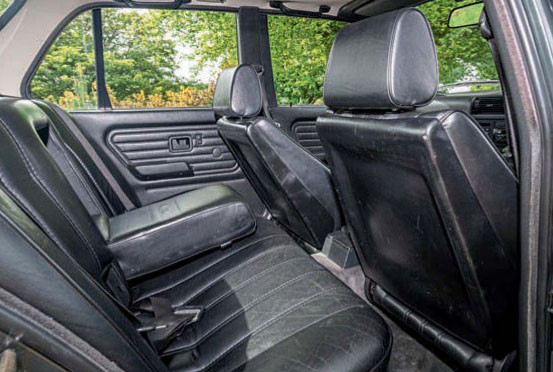
The E30 is such a timeless machine and still looks fantastic today.
The interior design is simple, classic BMW, and a great place to spend some time, though there are things to be aware of like cracked dashboards
VERDICT
The E30 remains as desirable as it ever has been, but prices have been rising steadily, and the best, low-mileage examples are now fetching serious amounts, so it feels like if you want to buy, it’s probably about as good a time as it’s going to be. Of course, no one can predict the future, but we can’t imagine the E30 ever becoming unpopular all of a sudden, and we can only imagine prices are going to keep heading in one direction. Even the cheapest 325s are still a chunk of money, and with plenty of potential pitfalls to be aware of, it’s not a casual purchase. You really need to go in with your eyes open, and you’ll definitely need to spend some money on whatever car you buy. But it’s fair to say it will all be worth it. The E30 is a timeless machine, it’s got masses of potential if you’re looking to make yours feel more special and individual, and you’ll love every moment of driving and owning it. A 325i is a car you’ll definitely want to keep hold of and love for a long time.

